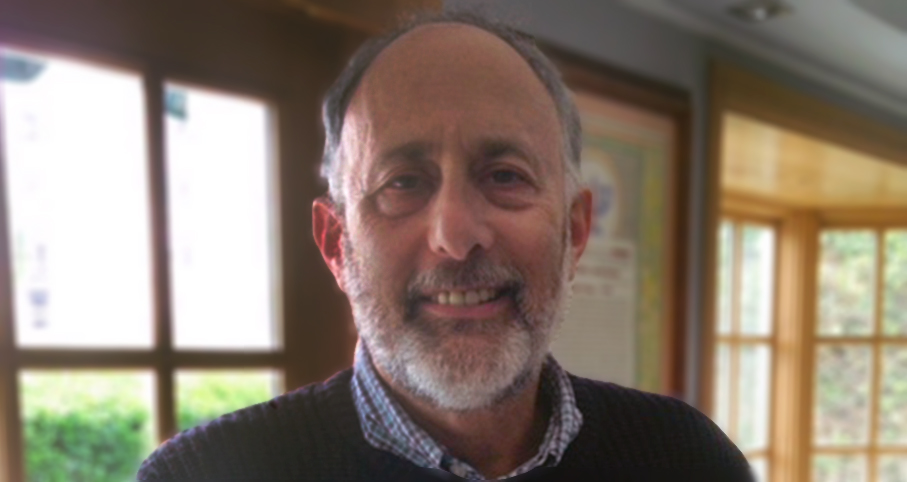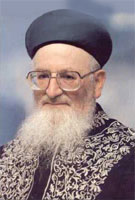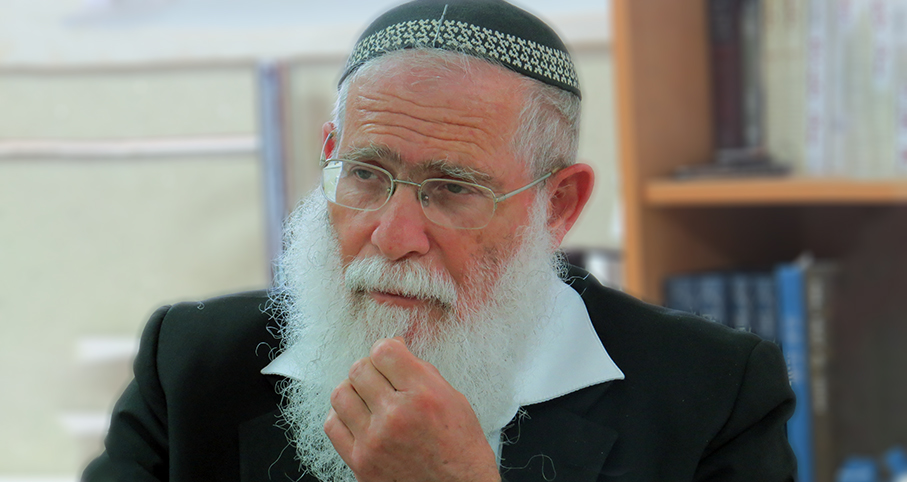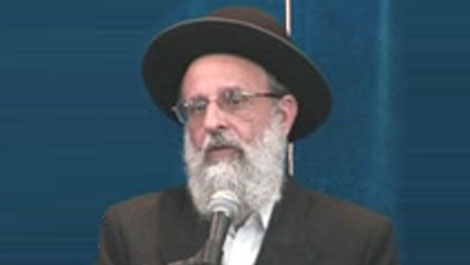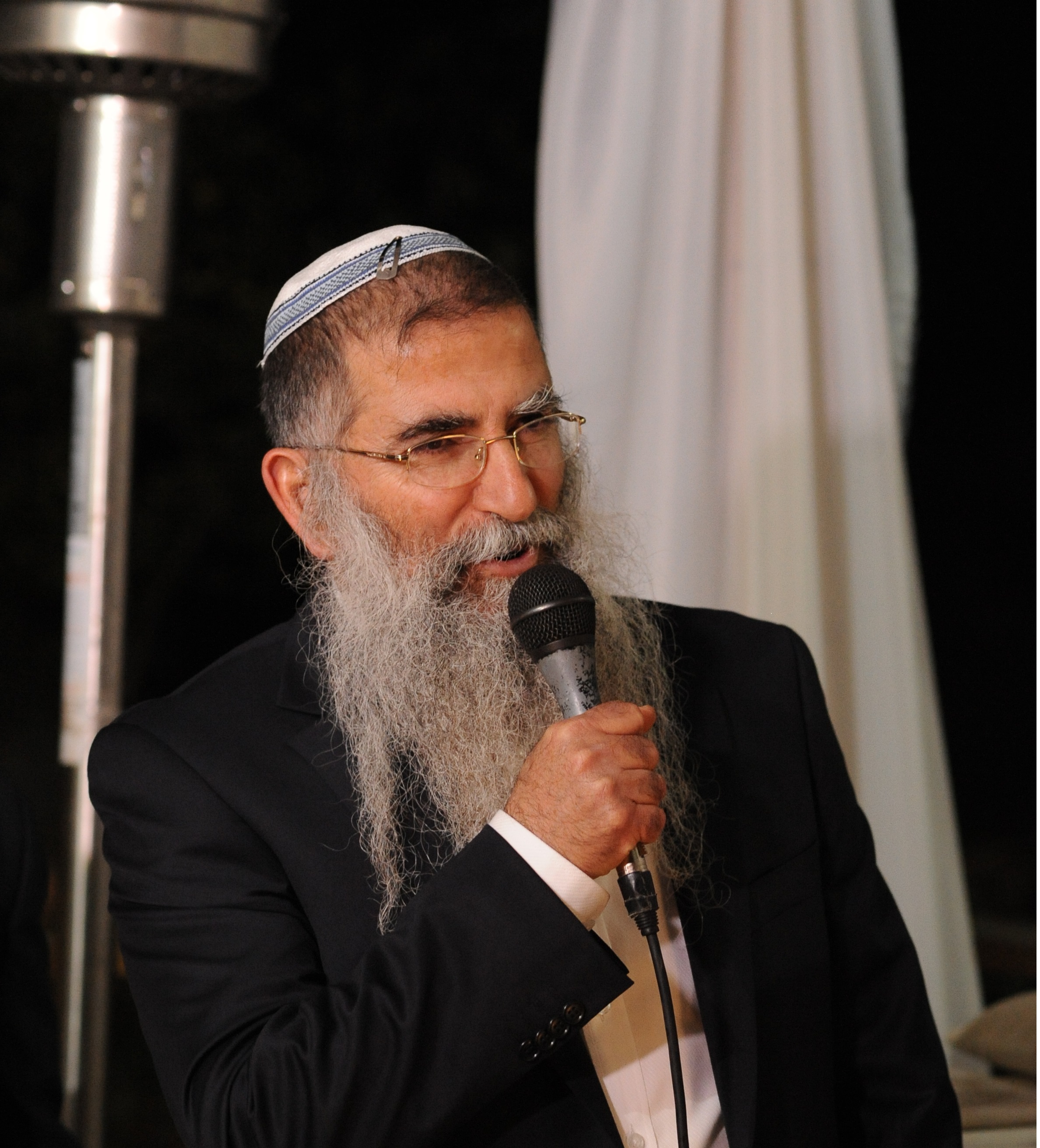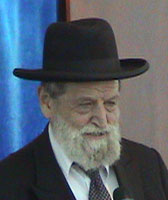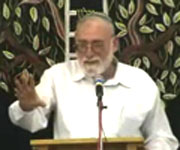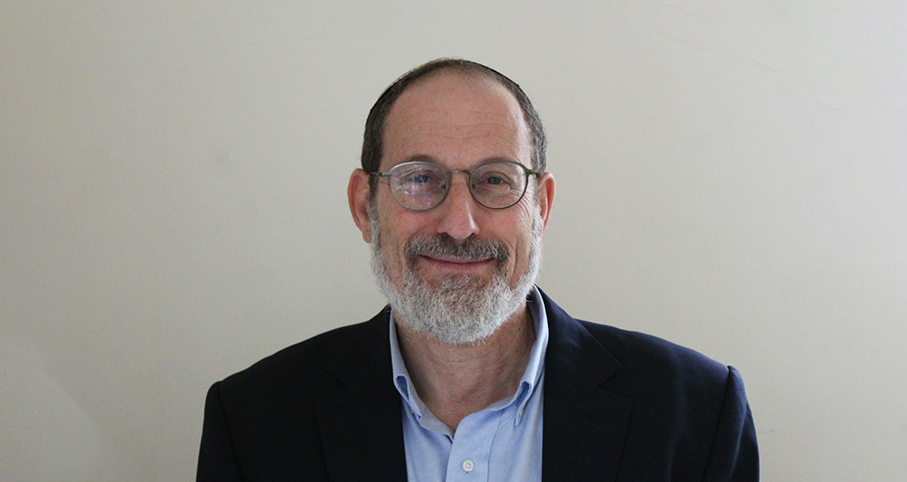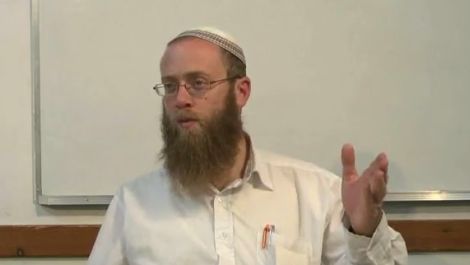Beit Midrash
- Sections
- Chemdat Yamim
- Parashat Hashavua
In the past, these days had a very different character; even Yom Kippur was a happy holiday (Mishna, Ta’anit 4:8). This day of spiritual purification was a very happy day, as everyone felt the sins being lifted from him and embraced his new self. Chazal refer to Rosh Hashana and Yom Kippur as "my light" and "my salvation," respectively (Vayikra Rabba 21:4), and light shone throughout. It appears that while for us the days find expression as days of judgment, in more ideal times they were felt as days of repentance and purification. But for us, they are Days of Awe rather than Days of Light.
What is the special light of Rosh Hashana, which allows the power of salvation to come forth on Yom Kippur? Chazal say on "you shall make an olah" (Bamidbar 29:2) that it is considered as if you became a new person before Hashem (Yerushalmi, Rosh Hashana 4:8). Rosh Hashana is the holiday of renewal, of removing the dirt of the past. One becomes a new person. Yesterday and last year disappear. We learn what there is to learn from the past … and move on from it. Even the greatest actions of the past are relegated to the past. The navi refers to "melumada," a learned action, one of rote, as a despised concept (Yeshaya 29:13). Returning to the same action and the same thought without inserting today’s new spirit of life is insufficient.
This is where the independent mitzva of teshuva (repentance) comes in. Even if one fulfilled all the mitzvot of the Torah except for this mitzva, he is missing something. We must renew ourselves, not just when there is something horrible that needs to be shaken off, but even when we are basically good. Our actions still must not be old and stale, of rote and habit. One must stand before his Maker with new emotion, pain, and joy. Let our wrapping of tefillin and saying of the same words of tefilla use a new spirit. Let us realize what we are doing and what we are thinking.
Then we can feel a new spirit every day and feel like new people. The navi distinguishes between those who do and those who do not serve Hashem (Malachi 3:18), and Chazal say this refers to the difference between one who reviews his studies 100 vs. 101 times (Chagiga 9b). The obvious question is that there does not seem to be a stark difference between the two people. Rav Simcha Zisel of Kelm explains that the additional review is a sign that he feels the experience as something new – with a new spirit that we can call serving Hashem. When one breaks the routine, he is serving Hashem.
Renew your actions during the upcoming month and year; then the mitzvot will warm us up and encourage us … and make us new and improved people.

“As Hashem Commanded Moshe” ... What?
Various Rabbis | 5771

Service in the Israeli Army and Lineage – part I
Rabbi Yossef Carmel | Tevet 3 5780

Parashat Hashavua: The Journey … from Charan to Mt. Moriah and Beyond
Rabbi Yossef Carmel | Cheshvan 5786


